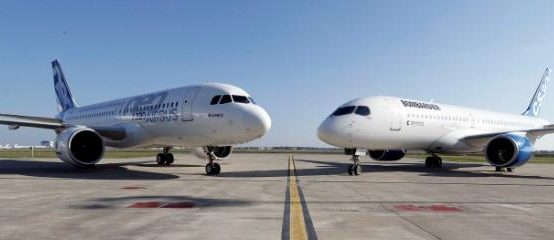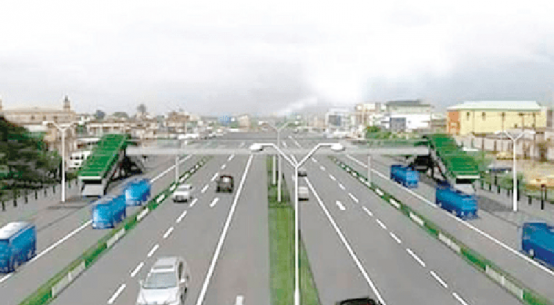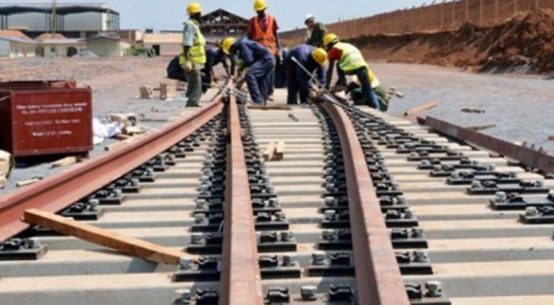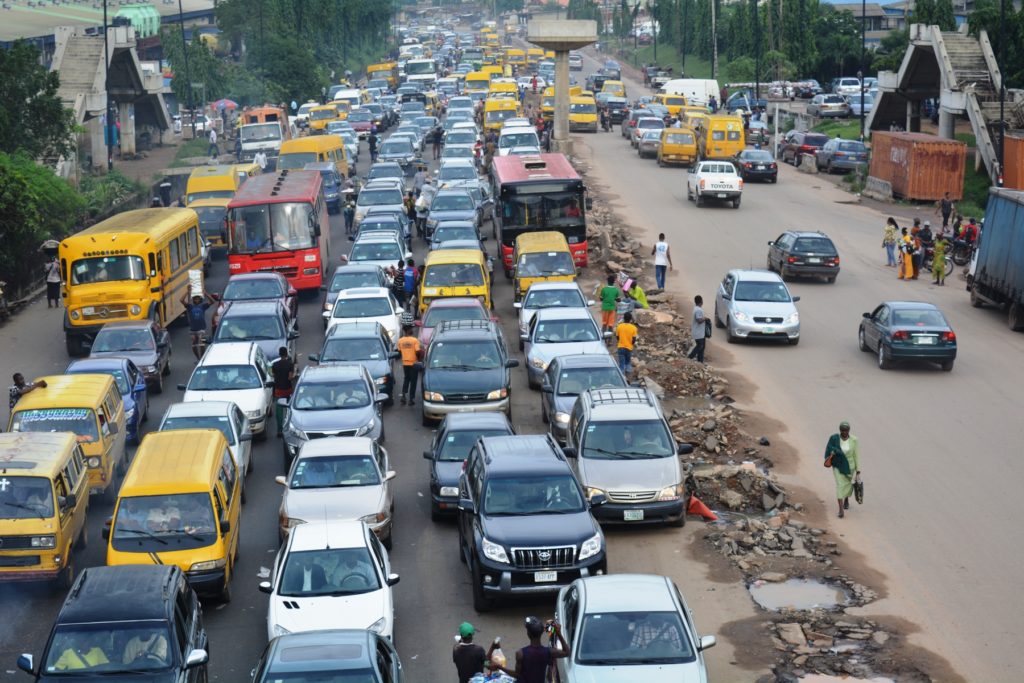
Motorists and other road users on the Lagos-Abeokuta Expressway have lamented the hardship caused by chaotic gridlock on the expressway following the ongoing construction of the Oshodi-Abule Egba Bus Rapid Transit lane.
A trip on the highway shows heavy traffic congestion on various portions during peak periods from Sango, Iyana Ipaja, Egbeda and other areas merge onto the highway.
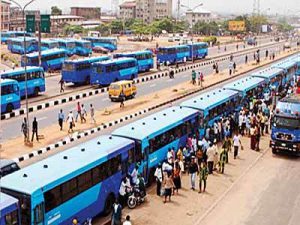 Commuters expressed worries over the reduction of the expressway from five to two lanes as they believe there was not going to be an expansion. They also lament that the road was making life unbearable for users on a daily basis and that the congestion was mostly experienced during peak hours, especially where access roads merged. Between Abule-Egba and Iyana Ipaja, the gridlock gets chaotic as vehicles from Sango, Ijaye and others heading toward Oshodi struggle to enter the narrowed lanes.
Commuters expressed worries over the reduction of the expressway from five to two lanes as they believe there was not going to be an expansion. They also lament that the road was making life unbearable for users on a daily basis and that the congestion was mostly experienced during peak hours, especially where access roads merged. Between Abule-Egba and Iyana Ipaja, the gridlock gets chaotic as vehicles from Sango, Ijaye and others heading toward Oshodi struggle to enter the narrowed lanes.
The congestion becomes complicated around the Alimosho Road as traffic from Egbeda, Dopemu, Ikotun, Ijegun and other areas struggle to enter the highway. The gridlock returns to the Sango Ota bound carriageway when workers close from work.
A commercial bus driver, Mr. Jide Jimoh, who plies the Sango-Oshodi route, appealed to the project owner, Lagos State Government to adopt measures that would reduce their hardship. while another also appealed to the government to speed up the project, saying it had increased gridlock. “The work is good but they should try to finish it quick,’’.
An Engineer, Mr. Charles Adeniyi, said that the project’s design was faulty because critical issues on the road were not considered.“This project won’t work, how do you put a BRT lane in the middle of a road that is not enough before, where would they park? “How are they going to handle the pillars of the various bridges already constructed on the road? “The road is not wide enough for vehicles, they now want to congest it to our detriment,” he said.
Accrdoing to him the project was not well planned because of lack of access roads. “They are diverting traffic through this petrol filling station here at Dopemu because there are no access routes to divert traffic from the construction site.’’
But Mr Kolawole Ojelabi, Head of Media and Communications, Lagos Metropolitan Area Transport Authority the project’s supervising agency, said that the project was going to address transportation deficit in the area.
Ojelabi said that the project captured four local governments, including Alimosho, Oshodi-Isolo, Ikeja and Agege. The project is intended to bring ease in commuting to residents on that axis, One of the high traffic corridors in West Africa is Abule-Egba route; our plan is to move about 450,000 passengers daily after completing this project, and then we can increase later. “We are planning to deploy about 240 high capacity buses that will seat 42 people with others standing.
“The corridor spans through more than four local governments. The project will span through 14 kilometres from Oshodi to Abule-Egba,’’ he said. He noted that the BRT corridor project was going to be a special median lane and that the two lanes would use a common platform to load, adding that there would be 14 pedestrian bridges in all proposed 14 bus stations.
Ojelabi explained that the foot bridges would both take the passengers into the bus shelters and across the highway using special buses with doors to the left to make it possible for the buses to share common platforms at the bus stops.
He added that the engineering designs had taken care of the beams of bridges, saying that the road would be expanded around pillars of existing bridges, around bus shelters with passing lanes to accommodate traffic and that future expansion of the expressway was possible.
He appealed to motorists to drive with caution, explaining that the existing road was wide enough but that bad driving habits compounded the gridlocks. The LAMATA spokesperson cited London as an example of cities where even double coach buses drove on the same kind of road.
“A standard road is 3.1 or 3.2 metres and so, it is the way we drive in Nigeria that make us feel the road is not sufficient, but it is part of the plan to widen the road in areas where there is need,’’ he said.
Ojelabi said that walkways would also be constructed to ensure the safety of pedestrians also traffic congestion, relocation of services, the menace of commercial motorcycle operators and activities of street traders were some challenges affecting the speed of the project.
He said the BRT corridor would later be extended to other areas on the axis in line with Gov. Akinwunmi Ambode’s vision to ensure BRT got to all borders of Lagos





